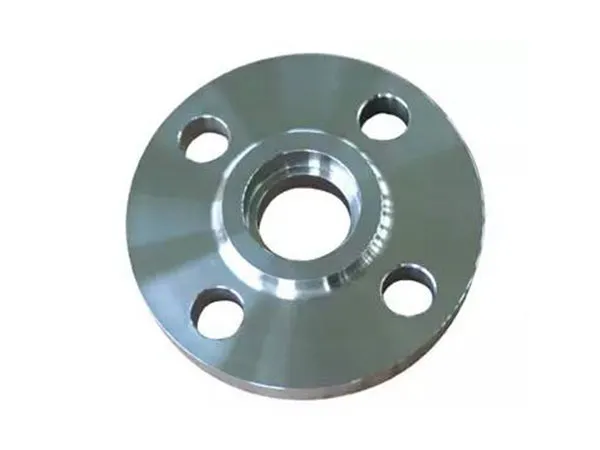-
Cangzhou Yulong Steel Co., Ltd.
-
Phone:
+86 13303177267 -
Email:
admin@ylsteelfittings.com
- English
- Arabic
- Italian
- Spanish
- Portuguese
- German
- kazakh
- Persian
- Greek
- French
- Russian
- Polish
- Thai
- Indonesian
- Vietnamese
- Zulu
- Korean
- Uzbek
- Hindi
- Serbian
- Malay
- Ukrainian
- Gujarati
- Haitian Creole
- hausa
- hawaiian
- Hebrew
- Miao
- Hungarian
- Icelandic
- igbo
- irish
- Japanese
- Javanese
- Kannada
- Khmer
- Rwandese
- Afrikaans
- Albanian
- Amharic
- Armenian
- Azerbaijani
- Basque
- Belarusian
- Bengali
- Bosnian
- Bulgarian
- Catalan
- Cebuano
- China
- China (Taiwan)
- Corsican
- Croatian
- Czech
- Danish
- Esperanto
- Estonian
- Finnish
- Frisian
- Galician
- Georgian
- Kurdish
- Kyrgyz
- Lao
- Latin
- Latvian
- Lithuanian
- Luxembourgish
- Macedonian
- Malgashi
- Malayalam
- Maltese
- Maori
- Marathi
- Mongolian
- Myanmar
- Nepali
- Norwegian
- Norwegian
- Occitan
- Pashto
- Dutch
- Punjabi
- Romanian
- Samoan
- Scottish Gaelic
- Sesotho
- Shona
- Sindhi
- Sinhala
- Slovak
- Slovenian
- Somali
- Sundanese
- Swahili
- Swedish
- Tagalog
- Tajik
- Tamil
- Tatar
- Telugu
- Turkish
- Turkmen
- Urdu
- Uighur
- Welsh
- Bantu
- Yiddish
- Yoruba

Dec . 26, 2024 06:58 Back to list
API 5L X52 PSL2 Steel Pipe Specifications and Applications Overview
Understanding API 5L X52 PSL2 A Comprehensive Overview
The API 5L X52 PSL2 specification plays a significant role in the oil and gas industry, particularly in the transportation of gas and oil through pipelines. The American Petroleum Institute (API), which is a national trade association representing all aspects of the oil and natural gas industry, developed this standard to ensure quality and consistency in pipeline materials. This article delves deeper into the characteristics, applications, and importance of API 5L X52 PSL2.
What is API 5L?
API 5L is a specification that covers seamless and welded steel pipes for use in pipeline transportation systems in the petroleum and natural gas industries. The 5L in the designation indicates that the specification includes both line pipe and seamless pipe, ensuring that these materials can handle the pressures and conditions found in oil and gas transport.
Understanding X52
Within the API 5L standard, pipes are categorized into different grades based on their tensile strength and yield strength. The X in X52 denotes the minimum yield strength of the pipe in megapascals (MPa). Specifically, the X52 grade has a minimum yield strength of 52,000 psi (or approximately 370 MPa) which is vital for ensuring pipes can withstand high pressure and extreme conditions.
What Does PSL2 Mean?
PSL stands for Product Specification Level, and it categorizes the different quality levels within the API 5L specification. There are two levels PSL1 and PSL2. PSL2 is more stringent and includes additional requirements for testing, manufacturing, and impact testing. This means that pipes designated as PSL2 undergo stricter quality assessments, making them more reliable in challenging conditions.
Key Features of API 5L X52 PSL2
1. Chemical Composition API 5L X52 PSL2 pipes contain a balanced mix of carbon, manganese, phosphorus, sulfur, silicon, and other elements, ensuring optimal mechanical properties and corrosion resistance.
2. Welding Capability The specifications for PSL2 allow for the use of various welding methods, which is essential for maintaining the integrity of the pipeline system.
3. Pipe Sizes and Thicknesses The API 5L X52 PSL2 standard covers a wide range of sizes, with outer diameters varying from 2 3/8 inches to 60 inches, and wall thicknesses ranging from 0.187 inches to 1.5 inches, allowing for versatile applications.
api 5l x52 psl2

4. Mechanical Properties The structural integrity of these pipes is crucial in high-stress environments. The tensile strength and yield strength of X52 PSL2 pipes ensure they can handle significant loads.
Applications of API 5L X52 PSL2
API 5L X52 PSL2 pipes are predominantly used in the construction of pipeline systems designed for transporting oil and natural gas. Their strength and resilience make them suitable for
- Oil Transmission Transporting crude oil from drilling sites to refineries. - Natural Gas Distribution Carrying natural gas from production fields to end-users through transmission pipelines. - Infrastructure Projects Utilized in various civil engineering projects, including water distribution systems and structural supports.
Importance of API 5L X52 PSL2
1. Safety and Reliability The stringent specifications ensure that pipelines can withstand the demands of transporting hazardous materials, minimizing the risk of leaks or failures.
2. Compliance Compliance with API standards is often mandatory in the industry, aiding companies in meeting regulatory requirements.
3. Global Acceptance API 5L X52 PSL2 is recognized globally, facilitating international trade and projects that require high-quality pipeline materials.
4. Cost-effectiveness Although these pipes can be more expensive than lower-grade counterparts, their durability reduces long-term costs associated with maintenance and unexpected failures.
Conclusion
API 5L X52 PSL2 is a crucial specification that underpins the functionality and safety of pipeline systems in the oil and gas sector. By ensuring the quality and integrity of piping materials, it plays a pivotal role in facilitating the transportation of vital energy resources, thereby supporting global energy demands. Understanding its specifications, applications, and significance is essential for engineers, procurement professionals, and stakeholders involved in the industry.
Latest news
-
ANSI 150P SS304 SO FLANGE
NewsFeb.14,2025
-
ASTM A333GR6 STEEL PIPE
NewsJan.20,2025
-
ANSI B16.5 WELDING NECK FLANGE
NewsJan.15,2026
-
ANSI B16.5 SLIP-ON FLANGE
NewsApr.19,2024
-
SABS 1123 FLANGE
NewsJan.15,2025
-
DIN86044 PLATE FLANGE
NewsApr.19,2024
-
DIN2527 BLIND FLANGE
NewsApr.12,2024
-
JIS B2311 Butt-Welding Fittings LR/SR 45°/90° /180°Seamless/Weld
NewsApr.23,2024











